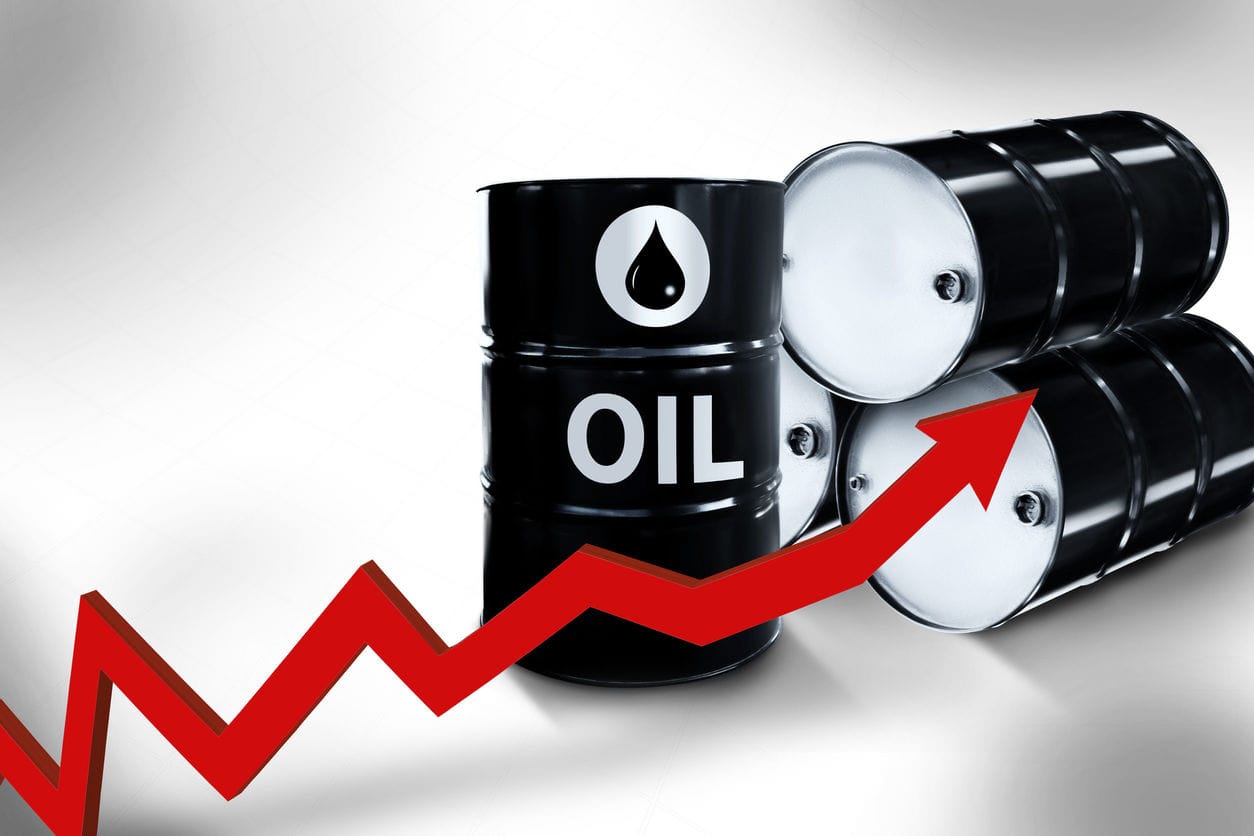
As oil climbs above $50, suppliers in no rush to increase output
- Oil prices traded above $50 a barrel for the first time since last February.
- Oil prices have already gained 7% since the start of 2021.
- U.S. shale producers are taking advantage of higher prices but have no plans to lift supply.
U.S. crude futures traded north of $50 a barrel for the first time since February 2020 and U.S. energy and shale producers are in no rush to take advantage of the high price to lift sales, The Wall Street Journal reported.
Oil’s rebound
Copy link to sectionOil prices entered 2020 near the $50 level and by the time COVID-19-induced lockdowns were announced, oil was trading at around $33. At the peak of the market volatility, futures contracts for oil were trading deep in negative territory. When U.S. states started to reopen their economies and ease shutdown measures, the commodity returned back to the $33 level.
Oil sustained buying momentum throughout the summer months and bullish sentiment accelerated in reaction to Pfizer’s vaccine trial announcement in November. Within the first two weeks of 2021, oil was up 7% at around $52.25.
Oil’s rise can be attributed to oil giant Saudi Arabia’s announcement it will slash its oil output in February, according to WSJ. The move was seen as confirmation that Saudi Arabia and its OPEC allies will take steps to support oil prices at a time when the COVID-19 pandemic is recording record death figures across many countries.
Be sure to stay up date with the latest oil news on Invezz.com.
Oil producers in no rush to lift output
Copy link to sectionU.S. shale producers are in no hurry to take advantage of elevated oil prices to generate incremental revenue. Instead, companies will allocate part of their current revenue to pay off debt and reward shareholders through returns.
Energy companies might also recognize there is simply no excess demand it can satisfy so lifting supply would do no good. For example, Pioneer Natural Resources Co (NYSE: PXD) Chief Operating Officer Richard Dealy told WSJ that the world does not need additional oil at this point. As such, he added, “there’s not a big reason to grow” output.
Pioneer expects to lift its oil production growth in 2021 at no more than 5% while zero growth is also on the table this year.
Struggling and bruised oil companies were unable to operate with a profit with oil trading below $50 a barrel. At $50, oil is trading in a sweet spot where companies can operate with a profit while prices consumers pay aren’t a major concern.
Path back to 2019 levels
Copy link to sectionOil prices could return back to pre-pandemic levels at some point in the coming months. Black Gold Investors CEO Gary Ross told WSJ that oil should benefit from large pent-up demand from people wanting to travel when it is safe to do so again and oil will hit $60 before the summer months.
“Demand will be back to 2019 levels earlier than people think, probably by the third quarter.”
Blackstone’s Byron Wien and Joe Zidle separately predicted in their “Ten Surprises” outlook for 2021 that oil has upside potential to $65 a barrel and energy stocks will become strong performers.
More industry news







